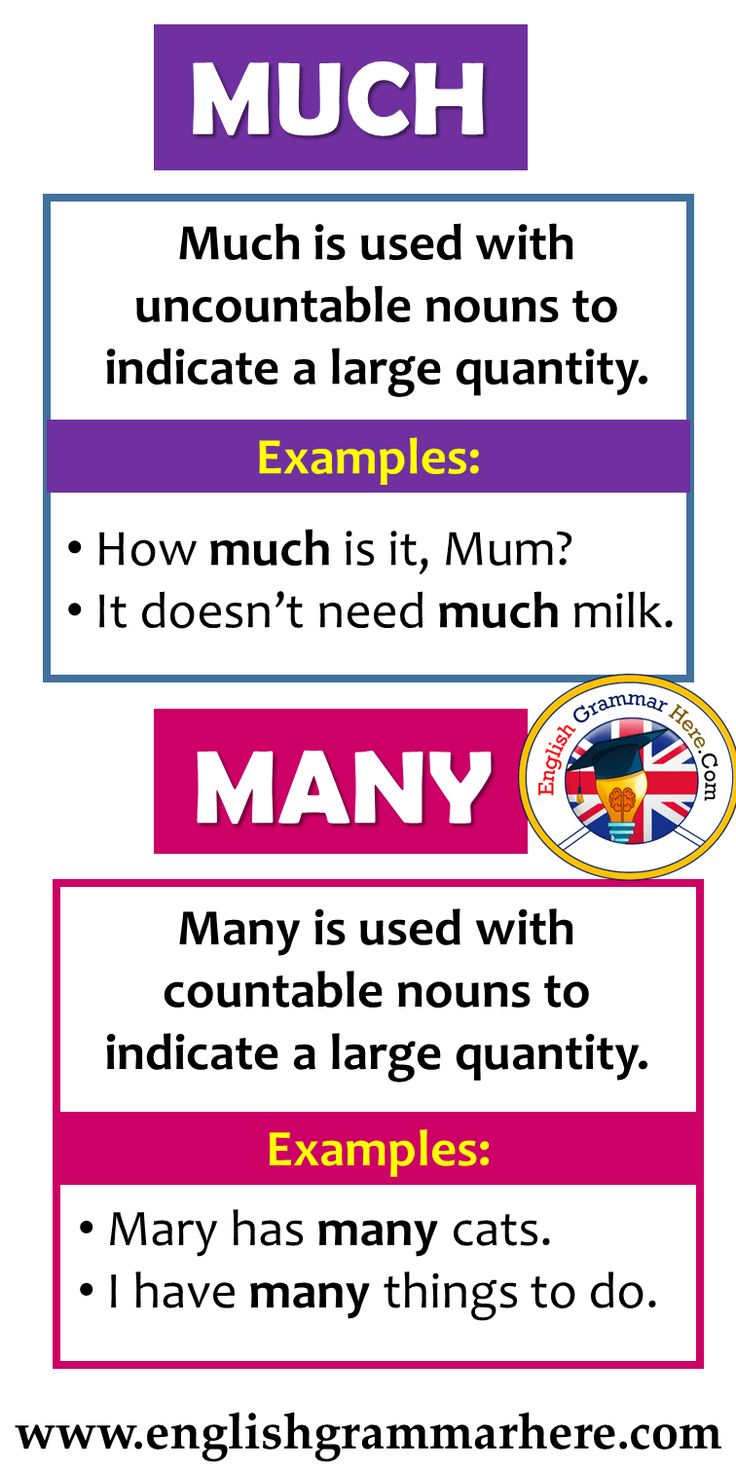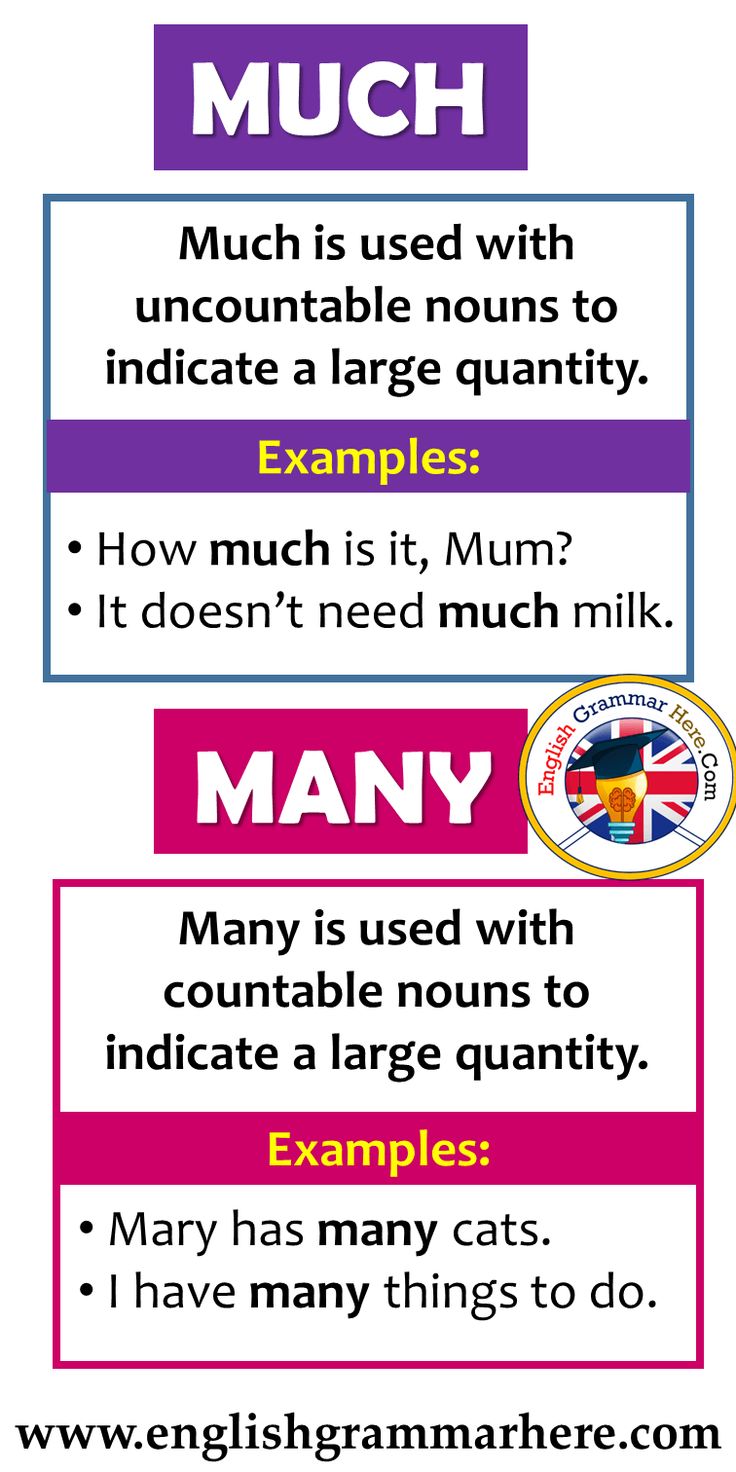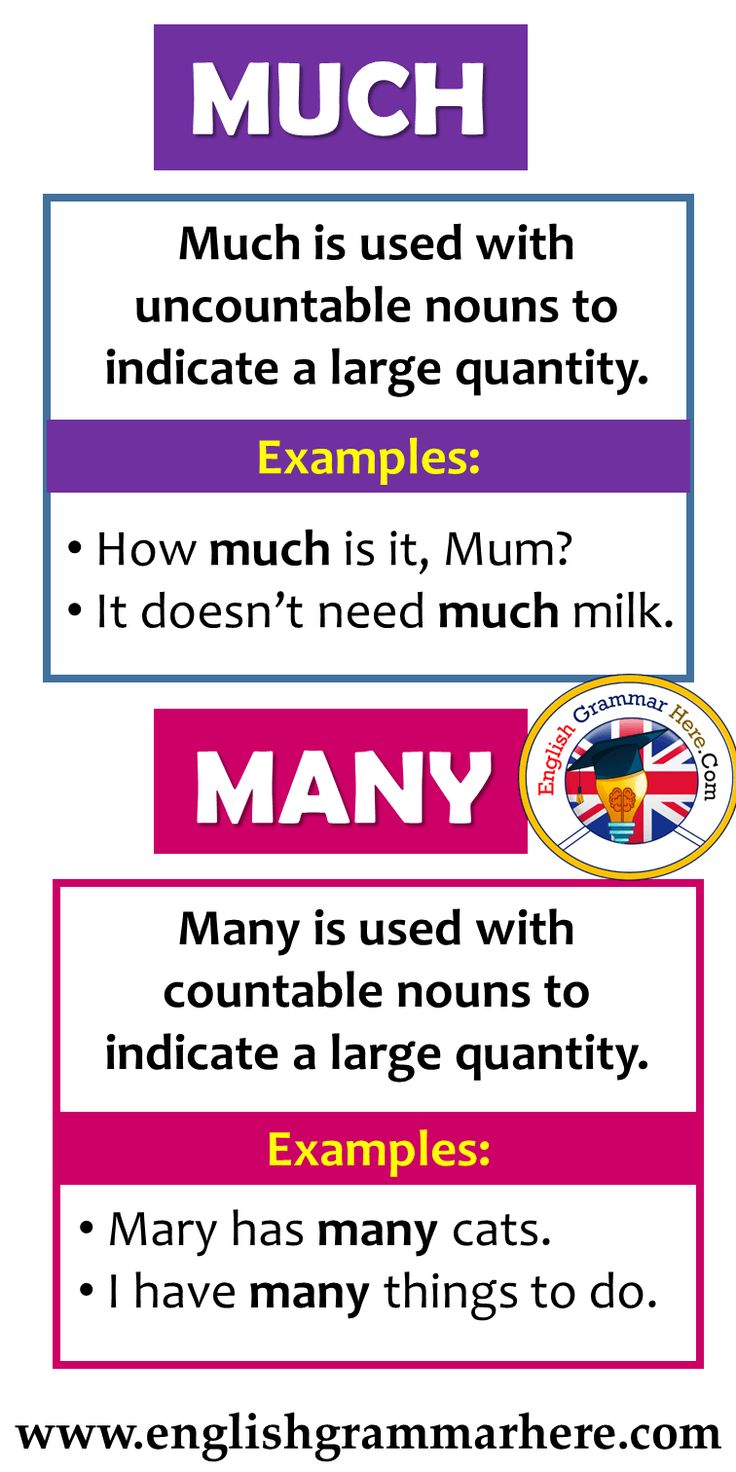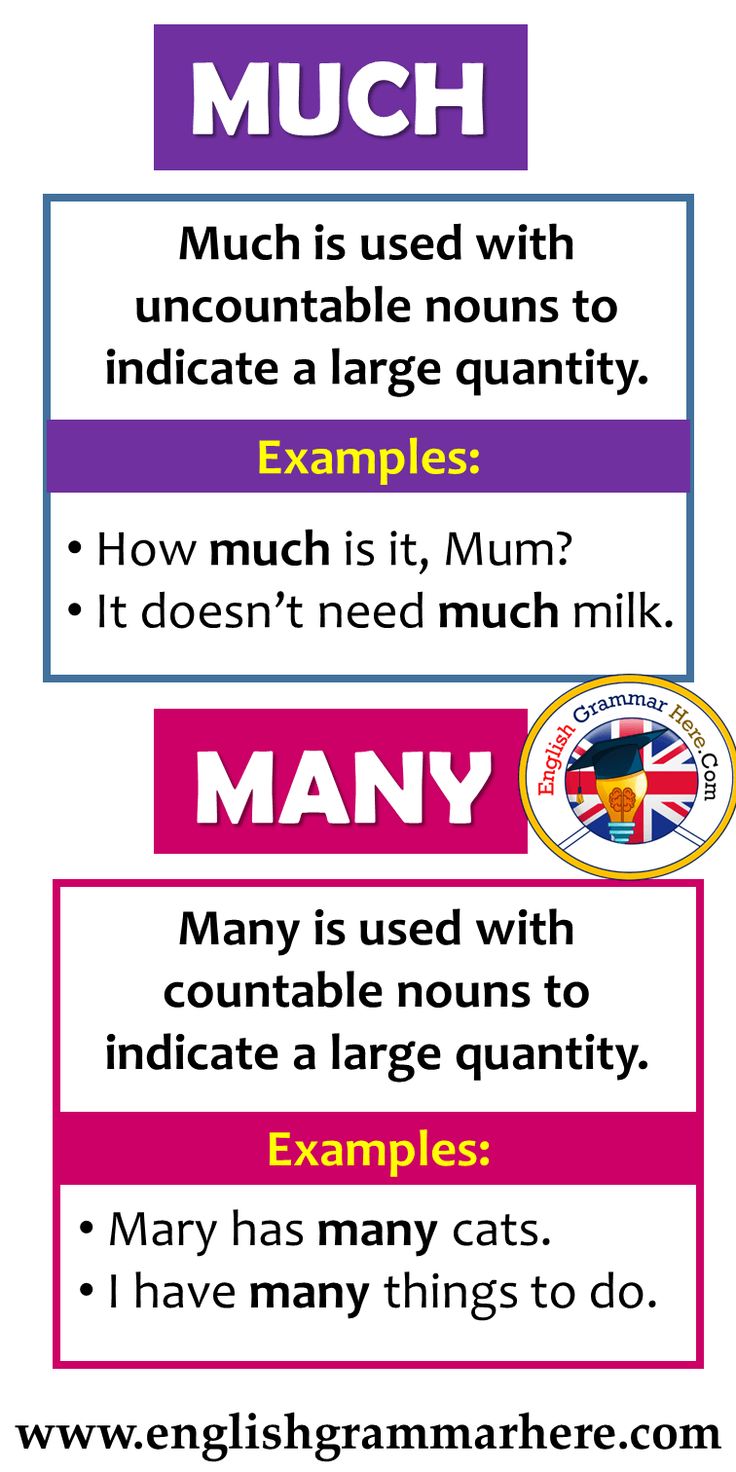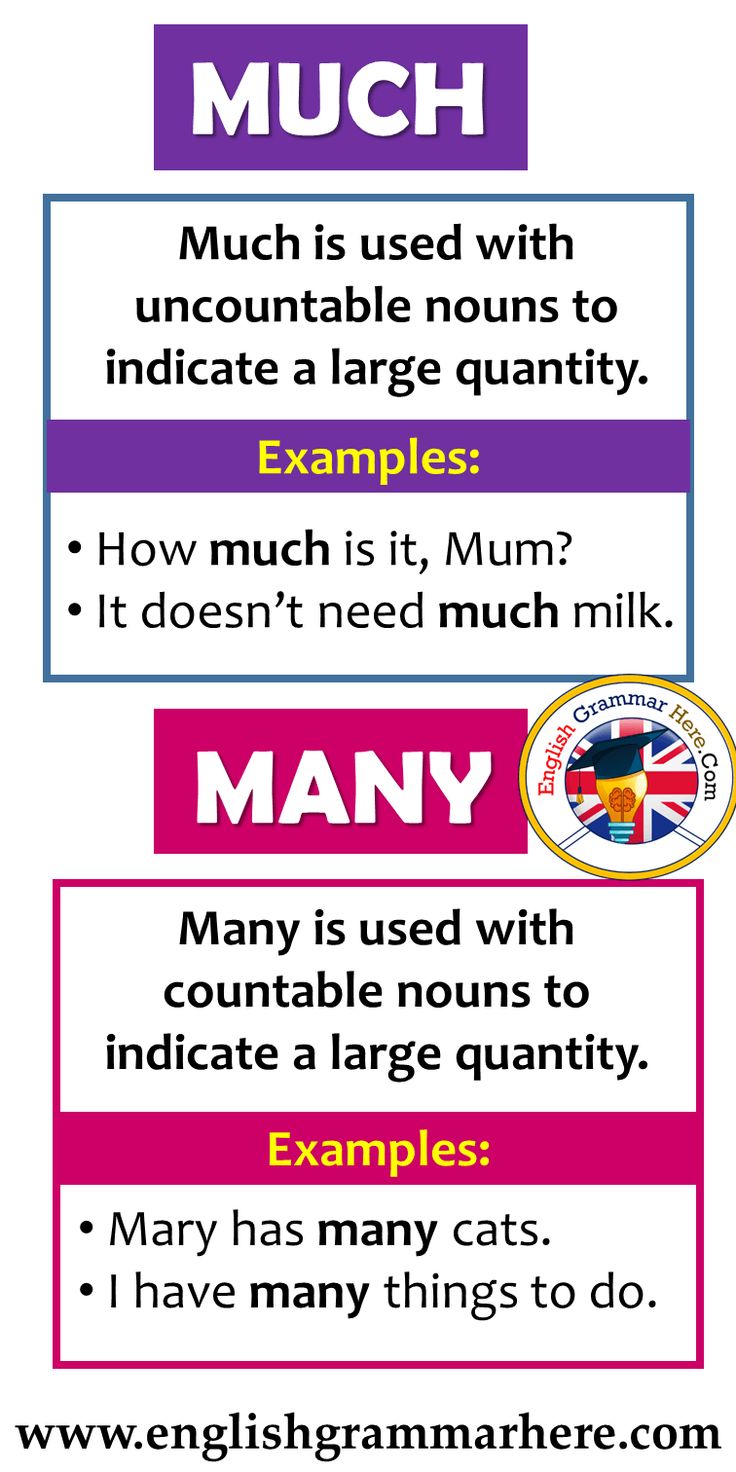How Much Is A Jeep Wrangler Lift?
How Much Is A Jeep Wrangler Lift? jeeps.truckstrend.com
The iconic Jeep Wrangler, a symbol of freedom and off-road prowess, often sparks a universal desire among owners: to go higher. A lifted Wrangler doesn’t just look more aggressive; it fundamentally transforms its capabilities, allowing it to conquer more challenging terrains, clear larger obstacles, and accommodate bigger, more aggressive tires. But this transformation isn’t free. The question, "How much is a Jeep Wrangler lift?" is one of the most common and complex queries in the off-roading community, with answers varying wildly based on ambition, desired performance, and budget.
Understanding the cost of lifting a Jeep Wrangler involves more than just picking a kit off a shelf. It’s a multi-faceted investment that encompasses parts, labor, and often, a cascade of related modifications necessary to ensure safety, performance, and longevity. This comprehensive guide will break down the true cost of lifting your Wrangler, exploring the different types of lifts, the factors influencing price, and the hidden expenses you might not initially consider.
How Much Is A Jeep Wrangler Lift?
The Anatomy of a Lift Kit: What Are You Paying For?
At its core, a Jeep Wrangler lift kit modifies the vehicle’s suspension to increase ground clearance and accommodate larger tires. The components included in a kit, and their quality, are primary drivers of cost.
- Spacers: These are the simplest and cheapest components, typically made of polyurethane or aluminum. They sit above or below your factory coil springs to provide a modest lift (0.75" to 2.5"). They are inexpensive but don’t improve ride quality or articulation.
- Coil Springs: Replacing the factory coil springs with longer, stiffer, or softer aftermarket ones is a more effective way to achieve lift. Quality coil springs are tuned for specific ride characteristics and load capacities, significantly impacting performance and cost.
- Shocks Absorbers: Essential for dampening suspension movement, aftermarket shocks are often included in complete lift kits or sold separately. They are critical for ride quality, stability, and off-road performance. Options range from basic twin-tube shocks to high-performance remote-reservoir shocks, with prices varying accordingly.
- Control Arms: These link the axles to the frame. Longer or adjustable control arms are necessary for higher lifts to correct axle geometry and maintain proper caster angles, preventing steering issues like "death wobble." They come in fixed or adjustable lengths, with adjustable ones being more expensive but offering greater tunability.
- Track Bars: These bars center the axles under the vehicle. Lifting a Jeep can shift the axles, so adjustable track bars are often needed to re-center them and prevent handling problems.
- Sway Bar Links: Longer sway bar links are required to maintain the correct angle of the sway bar, which helps with body roll. Disconnectable links are popular for off-roaders, allowing for increased articulation.
- Brake Line Extensions/Relocation Brackets: To accommodate increased suspension travel, brake lines may need to be extended or relocated to prevent stretching or damage.
- Bump Stops: Longer bump stops prevent the suspension from compressing too far, protecting shocks and other components.
- Driveshafts: For lifts typically above 2.5-3 inches, especially on JK and JL Wranglers, the factory driveshafts may be too short and prone to failure due to increased angles. Aftermarket driveshafts are a significant additional cost.


The quality and brand of these components directly correlate with the kit’s price. Premium brands known for their engineering and durability will naturally cost more than budget-friendly alternatives.
Types of Jeep Wrangler Lifts and Their Cost Implications
The type of lift you choose significantly dictates the overall expense and the performance benefits.

Budget Boost/Spacer Lift (0.75" – 2.5"):
- Cost: $100 – $400 (Parts Only)
- Description: The most affordable option, using spacers above or below the factory coil springs. It offers a minimal lift for aesthetics and minor tire clearance, but doesn’t improve suspension articulation or ride quality. Often, no other components are needed.
- Best For: Those on a tight budget looking for a slight aesthetic change or to fit slightly larger tires without extensive modifications.
-
Coil Spring Lift (2" – 3.5"):
- Cost: $400 – $1,200 (Parts Only)
- Description: Replaces factory coil springs with longer ones and often includes new shocks. This provides a noticeable lift, improved ride quality (depending on shock choice), and better articulation than a spacer lift. May require minor adjustments like track bar brackets or extended sway bar links.
- Best For: A popular choice for daily drivers who want improved off-road capability and a better stance without breaking the bank.
-
Entry-Level Suspension Lift (2.5" – 3.5"):
- Cost: $800 – $1,800 (Parts Only)
- Description: More comprehensive than a simple coil spring lift, often including new shocks, springs, and some supplementary components like track bar brackets, extended bump stops, and sway bar links. Designed to correct basic suspension geometry.
- Best For: Moderate off-roading, fitting 33-35 inch tires, and achieving a balance between on-road comfort and off-road performance.
-
Mid-Range Suspension Lift (3.5" – 4.5"):
- Cost: $1,500 – $3,500 (Parts Only)
- Description: These kits are more involved, often including adjustable control arms, new shocks, springs, track bars, and sometimes even upgraded steering components. They are designed to optimize suspension geometry for larger lifts, providing excellent articulation and stability. Driveshaft replacement may be necessary, especially for the front.
- Best For: Serious off-road enthusiasts who tackle challenging trails and want to fit 35-37 inch tires.
-
High-Performance/Long Arm Lift (4.5"+):
- Cost: $3,000 – $8,000+ (Parts Only)
- Description: The most advanced and expensive lift type. Long arm kits replace all eight control arms with significantly longer ones, relocating their frame mounts to improve suspension geometry and provide unparalleled articulation and ride quality over rough terrain. These kits often require cutting and welding the frame.
- Best For: Extreme off-roading, rock crawling, and those seeking the absolute best performance and capability. Always requires new driveshafts, re-gearing, and potentially other significant modifications.
-
Body Lift (1" – 1.25"):
- Cost: $100 – $300 (Parts Only)
- Description: This lift type separates the body from the frame using spacers, providing tire clearance without altering suspension geometry or ride quality. It’s relatively inexpensive and simple but doesn’t increase ground clearance under the axles.
- Best For: Achieving a small amount of extra tire clearance without modifying the suspension. Often combined with a small suspension lift.
Factors Influencing the Total Cost of a Jeep Wrangler Lift
The sticker price of a lift kit is just one piece of the puzzle. Several other significant factors contribute to the total investment.
-
Installation Labor: This is often the most significant variable cost.
- DIY: If you have the tools, mechanical aptitude, and time, installing a basic lift kit yourself can save hundreds to over a thousand dollars in labor costs. However, higher, more complex lifts (especially long arm kits) require specialized tools, significant expertise, and often welding, making professional installation highly recommended.
- Professional: Shop rates typically range from $80 to $150 per hour. A simple spacer lift might take 2-4 hours, while a comprehensive suspension lift could take 8-16 hours or more. Long arm kits can easily require 20+ hours.
-
Additional Parts/Modifications: A lift rarely comes alone.
- Larger Tires & Wheels: This is often the primary reason for a lift. New tires (especially 33-37 inches) can cost $1,000 – $3,000+ for a set of five, plus $500 – $1,500+ for new wheels.
- Steering Components: Higher lifts and larger tires put more stress on steering components. Upgraded drag links, tie rods, and steering stabilizers might be necessary, adding $200 – $1,000+.
- Driveshafts: As mentioned, lifts above 2.5-3 inches often require new front and/or rear driveshafts to correct operating angles and prevent premature failure. This can add $400 – $1,000+ per driveshaft.
- Gearing Changes (Re-gearing): Running significantly larger tires without changing the axle gears will drastically reduce power, acceleration, and fuel economy. Re-gearing is a labor-intensive process that involves replacing the ring and pinion gears in both axles. This can cost $1,500 – $3,000+ (parts and labor).
- Fender Flares: If you go with very large tires, flat or high-clearance fender flares might be needed to prevent rubbing and stay legal in some areas. These can cost $300 – $1,000+.
- Speedometer Calibration: After installing larger tires, your speedometer will read incorrectly. A programmer or re-calibration device (like a ProCal or Tazer) is needed to correct this, typically costing $150 – $300.
- Alignment: Crucial after any suspension modification to ensure proper steering and tire wear. This is typically $100 – $200.
-
Brand Reputation: Well-known, reputable brands like AEV, TeraFlex, MetalCloak, Old Man Emu, or BDS Suspension will generally be more expensive than lesser-known or budget brands. However, they often offer superior engineering, better materials, and robust warranties.
-
Jeep Model/Year: The cost can vary slightly depending on your Wrangler generation (TJ, JK, JL). For instance, JL Wrangler kits tend to be slightly more expensive due to newer technology and design.
DIY vs. Professional Installation: Weighing the Costs and Benefits
The decision to install a lift yourself or hire a professional is a major cost factor.
-
DIY (Do-It-Yourself):
- Benefits: Significant labor cost savings, a rewarding learning experience, and direct control over the process.
- Challenges: Requires a full set of tools (jack stands, floor jack, torque wrench, various sockets/wrenches, possibly spring compressors), a dedicated workspace, considerable time (a full weekend or more for a substantial lift), and mechanical aptitude. Mistakes can be costly or dangerous.
- Best For: Spacer lifts or simpler coil spring lifts (2-3 inches).
-
Professional Installation:
- Benefits: Expertise ensures proper installation, adherence to torque specs, and correct geometry adjustments. Saves time and effort, offers peace of mind, and often comes with a shop warranty on labor.
- Challenges: Higher overall cost due to labor rates.
- Best For: Any lift over 3 inches, comprehensive suspension systems, long arm kits, or if you lack the tools, time, or confidence for a DIY approach.
The Hidden Costs: What Else to Budget For?
Beyond the initial kit and installation, there are ongoing or immediate costs that often catch new lifters by surprise:
- Re-alignment: Absolutely critical after installation to prevent premature tire wear and ensure proper handling.
- Larger Tires and Wheels: This is almost always a follow-up expense, as the lift makes space for bigger rubber.
- Re-gearing: Essential for restoring performance if you install significantly larger tires (e.g., going from 32" to 37"). Without it, your Jeep will feel sluggish, consume more fuel, and put excessive strain on your drivetrain.
- Driveshaft replacement: A common necessity for lifts above 2.5-3 inches on JKs and JLs.
- Potential for other upgrades: As you push your Wrangler’s limits, other components like axle shafts, differential covers, or even stronger axles might become necessary.
- Increased Fuel Consumption: Larger tires and the added weight/drag from a lift will generally lead to worse fuel economy.
- Maintenance: More complex suspension systems may require more frequent inspection and maintenance.
Price Table: Estimated Costs for Jeep Wrangler Lifts
Here’s a breakdown of estimated costs, including parts and professional installation labor. Note that these are broad ranges, and actual prices can vary based on brand, region, specific components chosen, and the complexity of the job. These estimates do not include the cost of new tires, wheels, or re-gearing, which can easily add thousands more.
| Lift Type/Height | Kit Cost (Parts Only) | Installation Cost (Labor) | Total Estimated Cost (Parts + Labor) | Notes |
|---|---|---|---|---|
| Spacer Lift (1-2") | $100 – $400 | $200 – $600 | $300 – $1,000 | Entry-level, basic lift for aesthetics/tire clearance. Minimal performance change. Easy DIY. |
| Coil Spring Lift (2-3") | $400 – $1,200 | $500 – $1,000 | $900 – $2,200 | Better ride quality and articulation than spacers. Popular choice. May include basic shocks. |
| Entry-Level Suspension Lift (2.5-3.5") | $800 – $1,800 | $800 – $1,500 | $1,600 – $3,300 | Includes shocks, springs, some control arms/track bars. Good for moderate off-roading. |
| Mid-Range Suspension Lift (3.5-4.5") | $1,500 – $3,500 | $1,000 – $2,000 | $2,500 – $5,500 | More comprehensive, often includes adjustable control arms. Significant off-road improvement. May require driveshaft. |
| High-Performance/Long Arm Lift (4.5"+) | $3,000 – $8,000+ | $1,500 – $3,000+ | $4,500 – $11,000+ | Advanced systems for serious off-roading. Requires extensive modifications (driveshafts, gearing, steering, welding). Complex installation. |
| Body Lift (1-1.25") | $100 – $300 | $300 – $700 | $400 – $1,000 | Lifts body from frame, not suspension. For tire clearance without changing suspension geometry. Can be combined with suspension lifts. |
| Additional Common Costs (Not in above totals) | N/A | N/A | +$1,500 – $6,000+ | New Tires/Wheels ($1,500-$4,500+), Re-gearing ($1,500-$3,000+), Driveshafts ($400-$1,000 each), Alignment ($100-$200), Speedo Calibration ($150-$300), Upgraded Steering ($200-$1,000+). |
Practical Advice and Actionable Insights
- Define Your Needs: Before looking at kits, determine your primary goal. Is it just aesthetics and fitting slightly larger tires for daily driving? Or are you aiming for serious rock crawling? Your intended use will dictate the lift type and necessary budget.
- Research Thoroughly: Read reviews, watch installation videos, and join Wrangler forums. Learn from others’ experiences and mistakes.
- Set a Realistic Budget: Factor in not just the lift kit and installation, but also the inevitable follow-up costs like tires, wheels, and potentially re-gearing. It’s often better to save up for a quality system than to buy a cheap lift that compromises performance or leads to future problems.
- Don’t Skimp on Critical Components: Quality shocks, control arms, and track bars are crucial for ride quality, handling, and safety.
- Consider a Phased Approach: If your budget is tight, you might start with a smaller, more affordable lift and upgrade components (shocks, control arms) later as funds allow.
- Get Multiple Quotes: If opting for professional installation, obtain quotes from several reputable off-road shops. Discuss what’s included in their labor estimate and any potential additional costs.
- Understand Your State Laws: Some states have regulations regarding maximum lift height, tire coverage, and bumper height.
Frequently Asked Questions (FAQ)
Q: Do I need new tires after a lift?
A: Not always immediately, especially with smaller lifts (1-2 inches), but most people lift their Jeeps specifically to fit larger tires. A larger lift often requires larger tires to fill the wheel wells and maintain proper proportions.
Q: Will a lift affect my ride quality?
A: Yes, it almost always will. A cheap spacer lift will likely make your ride stiffer. A quality suspension lift with new springs and shocks can significantly improve ride quality, especially over rough terrain, but it will feel different than stock.
Q: Is a lift difficult to install myself?
A: A basic spacer lift is relatively straightforward for a mechanically inclined individual with proper tools. More complex suspension lifts (3+ inches) become significantly more challenging, often requiring specialized tools, knowledge of suspension geometry, and considerable time. Long arm kits are best left to professionals.
Q: Does a lift void my warranty?
A: This is a common concern. Generally, a lift kit itself won’t void your entire vehicle warranty. However, if a failure occurs that can be directly attributed to the aftermarket lift components or their installation, the dealership may deny warranty coverage for that specific issue. It’s best to discuss this with your dealership beforehand.
Q: What’s the best lift height for my Wrangler?
A: There’s no single "best" height. It depends entirely on your goals. 2.5-3.5 inches is a very popular range for a good balance of aesthetics, off-road capability, and retaining decent on-road manners, allowing for 33-35 inch tires without too many additional modifications.
Q: Do I need to re-gear after a lift?
A: You need to re-gear if you install significantly larger tires (e.g., going from 32-inch stock tires to 35-inch or 37-inch tires). This is because larger tires change your effective gear ratio, making your Jeep feel sluggish, especially on hills, and negatively impacting fuel economy and drivetrain longevity.
Conclusion: Lifting Your Wrangler – An Investment in Adventure
Lifting a Jeep Wrangler is more than just a modification; it’s an investment in enhanced capability, a more commanding presence, and countless adventures. The cost, as we’ve explored, is highly variable, ranging from a few hundred dollars for a basic spacer lift to well over $10,000 for a comprehensive, high-performance long arm system with all the necessary accompanying upgrades.
The key to a successful and satisfying lift experience lies in thorough research, realistic budgeting, and a clear understanding of your off-roading aspirations. Don’t just focus on the price of the kit; factor in installation, larger tires, wheels, potential re-gearing, and other crucial components. By planning wisely and prioritizing quality, you can transform your Jeep Wrangler into the ultimate off-road machine, ready to conquer any trail and turn heads wherever it goes. It’s an investment that pays dividends in capability, confidence, and the sheer joy of the open road – or the trail less traveled.

